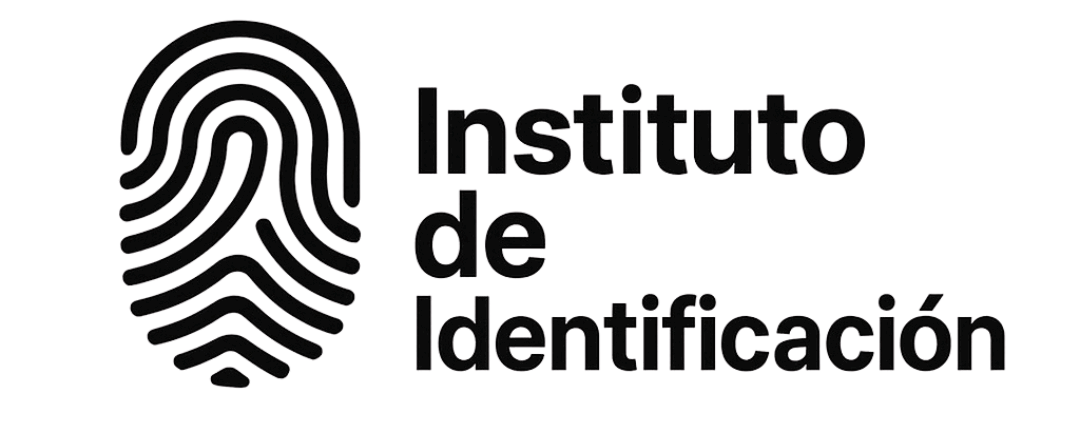Crafting the perfect resume can be a daunting task, especially when time isn’t on your side.
The pressure to make a strong impression often leads to confusion about what to include and how to present your skills effectively. But you’re not alone in this process. Many share the same challenges and fears, and we’re here to guide you through creating an impressive resume quickly.
Here you’ll find the most straightforward, step-by-step guide to tackling it now, but don’t forget to check our other articles:
🔘 Next Article: Interview Questions You Should Practice
What you will find in this article
- Why a Good Resume Can Make or Break Your Application
- Free and Easy Resume Builders You Can Use Now
- What to Include in Your Resume for HomeDepot
- Design Tips: Clean, Professional, and ATS-Friendly
- Mistakes to Avoid in Your Resume
Building your resume correctly is not just about listing your qualifications; it’s about presenting them in a way that makes you stand out. This article will show you how to do this with clarity and ease. We’ll cover key aspects like essential software tools, design tips, and common pitfalls to avoid. Let’s dive into the details that can turn your resume from just okay to outstanding.
Why a Good Resume Can Make or Break Your Application
The job market is competitive, and a well-crafted resume is often the gateway to your dream job. It’s your first opportunity to impress and to showcase why you’re the ideal candidate. Employers use your resume to gauge not just your skills and experience, but also your attention to detail and your ability to communicate effectively.
- First Impressions Matter: Your resume is your first introduction to potential employers. A polished resume makes a strong first impression, setting you apart from other applicants.
- Shows Your Value: A good resume communicates your skills and accomplishments clearly, demonstrating the value you bring to the table.
- ATS Compatibility: Companies often use Applicant Tracking Systems (ATS) to filter resumes. An ATS-friendly resume ensures your chances of progress in the candidate selection process.
Free and Easy Resume Builders You Can Use Now
If you’re short on time, leveraging resume builders can be a lifesaver. These tools help you compile and format your resume efficiently, ensuring you don’t miss out on any critical sections.
- Canva: Offers customizable resume templates that are both attractive and easy to edit.
- Resume Genius: Provides guided steps to build a professional resume with templates designed for various industries.
- Zety: Complete your resume in minutes using templates that highlight your strengths and achievements.
- LinkedIn Resume Builder: Transforms your LinkedIn profile into a polished resume, ideal for online job applications.
What to Include in Your Resume for HomeDepot
When targeting a specific employer like HomeDepot, tailoring your resume to match the job description and company culture is critical.
- Key Skills: Highlight skills that align with retail or customer service positions, such as communication, problem-solving, and teamwork.
- Relevant Experience: Include past positions that reflect your ability to work in similar settings, emphasizing roles where you’ve dealt with inventory, sales, or customer interactions.
- Quantify Achievements: Use numbers to demonstrate your contributions and impact, such as “Increased sales by 15%” or “Managed a team of 5 associates.”
- References: Optional but having references can provide an extra layer of credibility, especially from past retail jobs.
Design Tips: Clean, Professional, and ATS-Friendly
A visually appealing resume can grab attention, but it must also be structured so that ATS can read it easily.
- Simple Layout: Choose a straightforward design with clear headings and bullet points to improve readability for both humans and software systems.
- Consistent Font: Use professional fonts such as Arial or Times New Roman, and keep font sizes consistent, typically between 10-12 points for the main text, larger for headings.
- Appropriate Use of Color: While colors can help your resume pop, use them sparingly to not distract from the content.
- White Space: Ensure there is enough space between paragraphs and sections to prevent your resume from looking cluttered.
Mistakes to Avoid in Your Resume
While adding all the right elements to your resume is important, knowing what to avoid is equally crucial.
- Grammatical Errors: Proofread to avoid typos and grammatical mistakes that can undermine your professionalism.
- Irrelevant Information: Limit personal information that is not pertinent to the job application, like age or unrelated hobbies.
- Length: Keep it concise. Ideally, your resume should be one page, especially if you have less than 10 years of experience.
- Vague Descriptions: Avoid general terms and instead, use specific achievements and responsibilities with quantifiable metrics.
Now that you have a structured plan to build your resume, the next step is to prepare for the interview process.
➡️ Next Article: Interview Questions You Should Practice
Conclusion
Building a resume doesn’t have to be overwhelming. By following the steps outlined above, you can create a compelling resume that captures employers’ attention in minutes. Now, equipped with these insights, start putting them into practice. Your next dream job could be just an application away.
Now that you know how to do it, the next step is to get ready for the interview.
